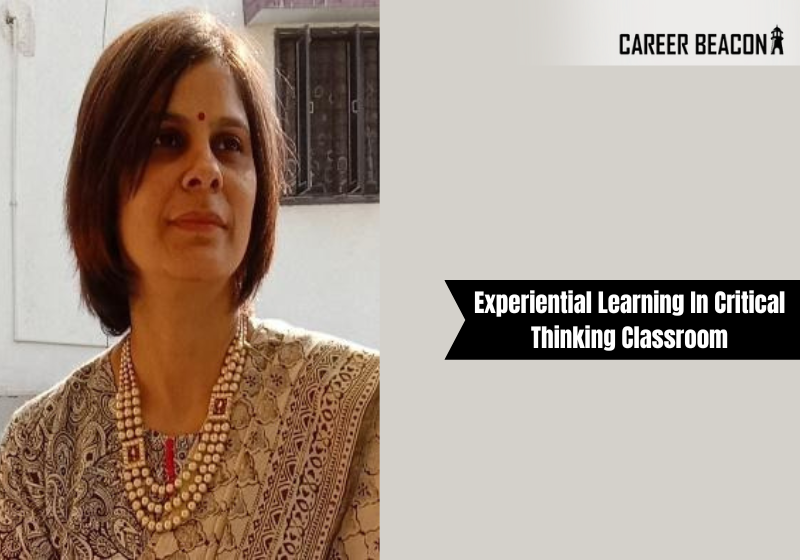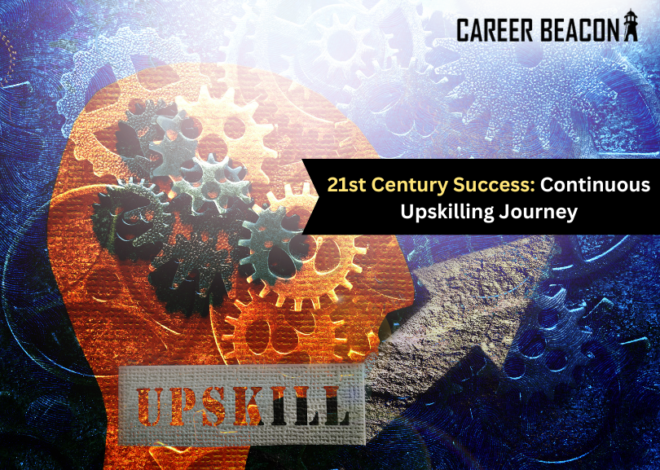
Experiential Learning in Critical Thinking Classroom
Experiential Learning and Critical Thinking are the important processes in education that are considered paramount by National Education Policy (2020) for holistic development of learner. Experiential learning highlights the idea of constructing the concept by doing it. Unlike the traditional teacher centric class that requires the learners to passively accumulate the information. In this context, Critical Thinking is analysing and assessing thinking with a view to improve it. Critical Thinking classrooms require experiential learning to experience the real world situations, occurrences and problems to cognize it. They require the critical thinking processes to implement it in occurring situation. Experiential Learning actively engages the senses of the learners for easier comprehension, recall, retain and application.
Implementing Experiential Learning in Critical Thinking classrooms require the following phases to achieve it.
Phase I: Implementation Process
- Realising the need for Experiential Learning: The innate need of the student to thrive and survive the learning process is to be recognized. Sustainable learning practices is increasingly becoming popular amongst the stakeholders of the education fraternity.
- Plan for the concept: Identify the concept that will be most relevant for experiential learning. Concepts like Intellectual Courage and Intellectual Humility are abstract in Critical Thinking domain. Such abstract concepts can be used for experiential learning as they will bring more concretisation as well as allow the learners to feel it.
- The grouping of the students with interdisciplinary interests can be done to bring variety and tone of acumen. Such groupings help bring perspectives, adaptability and flexibility within learners.
- The information of the concept can be given beforehand so that the basic comprehension is advanced by the learner.
- A primer activity of the concept can be constituted. This can comprise demonstration of prior connecting experience with the concept. Connectedness brings relevancy of the concept.
- The subtopics keeping into consideration Blooms Taxonomy levels can be allotted to the students. This will allow the students to discuss, collaborate, exchange, connect with the concept in experience. The progression of the concept allows it to be connected with the progression of thought in mind.
- The learner can be aimed at researching the information, reading and comprehending it, reflecting on the material provided, realizing the value of the concept, demonstrating the real life situations of the concept, thinking about the implications of the concept or performing a role play on the situations.
- The first set of students can be asked to read, explain and elaborate the information of the concept. The second can be asked to provide the need of the concept with real life examples. The third can be asked to demonstrate the application of the concept in real situations. The fourth can use pedagogies to depict the strategies that can be used to develop the concept in an individual. The next can create the definition of the concept with their perspective. The last can consolidate the learning and the concepts understood in the journey.
Phase II: Reflections Cycle
Reflections of the student for experiential learning can be taken where the learners describe on what did they do; how did they do, why did they do it, what did they like the most, what they didn’t like and conduction about such classes. This phase will help the learners to reflect on the complete cycle of experiential learning and the concept covered in the class.
Phase III: Peer Assessment
The last phase of Experiential learning is to assess the learner’s comprehension and experience. The students can perform a peer assessment with reference to a group. The peer assessment criteria can be what did the group present upon, how did they present it, relevancy of the presentation with the concept to be presented, questions answered by the group assessed by the peer group to measure their learning (clarity of the answer) and then a final numerical value can be given.
Phase IV: The teacher assessment
This assessment involves teacher assessing the work of the learners. The teacher assessment criteria can be relevancy and accuracy of the presentation, team work and collaboration, content clarity, accuracy and clarity of peer evaluation, answering questions in the discussion. A whole assessment based on the above makes evaluation complete of the experiential learning.
Conclusion
Experiential learning suggests a participatory approach of the students and teachers. It provides the learners with opportunities of active engagement, promotes interactions with the mentor and peers, demands thinking while doing and expressing, involves team collaboration while they perform role play, demo and skits, clarifies knowledge about the concept, powers observation skills, engages senses, helps construction of understanding, relates with world, makes classes interesting, allows learners to explicitly reflect, ask questions, involves emotions, know updated and researched content, helps feel connected, respond to tasks, keeps learner alert and aware, makes safe space for learners and dissolve subject boundaries that is integral to teaching learning process.
– Dr. Vaibhavi Gawarikar, Assistant Professor and Program Chair (Bachelor of Education) -School of Liberal Studies and Education, Navrachana University


